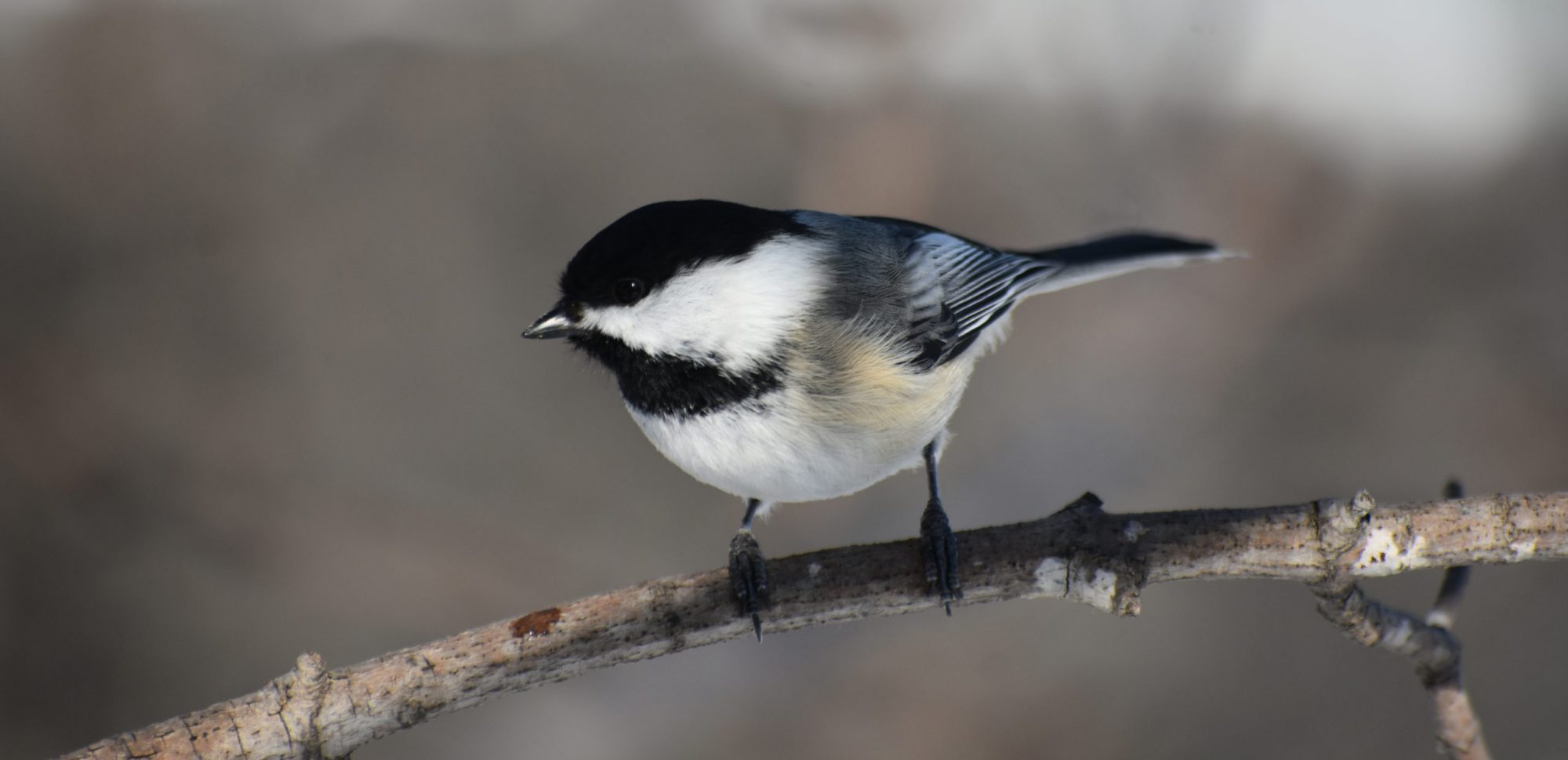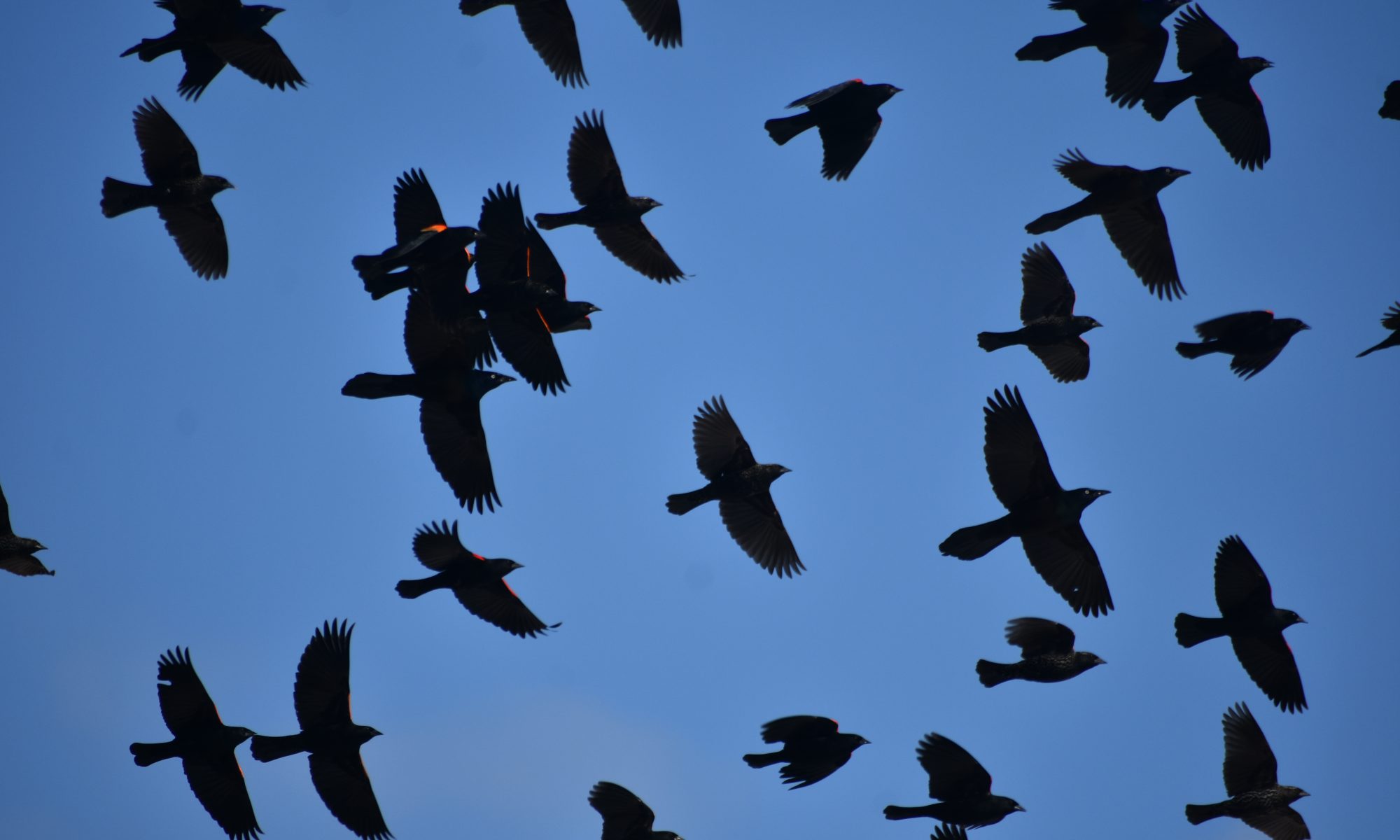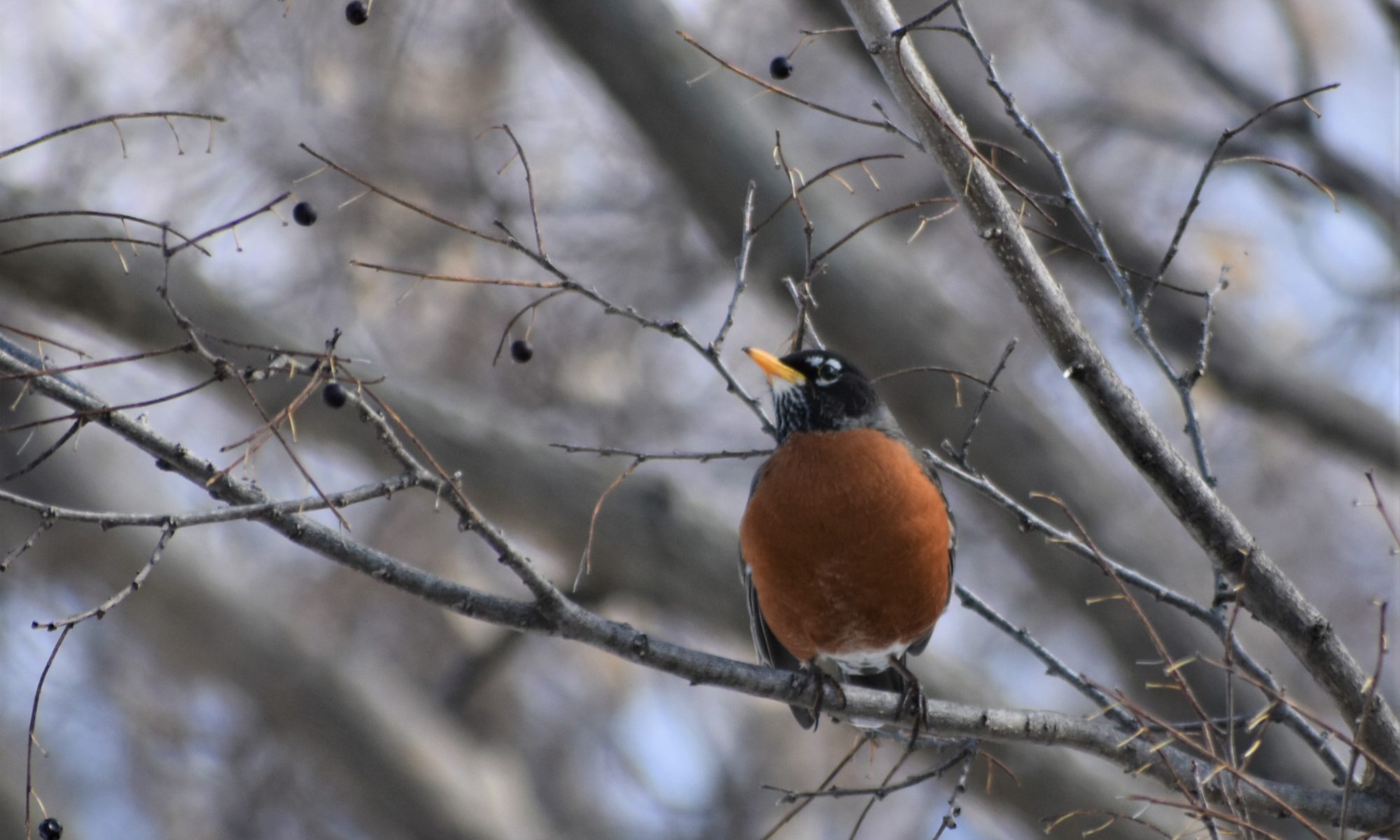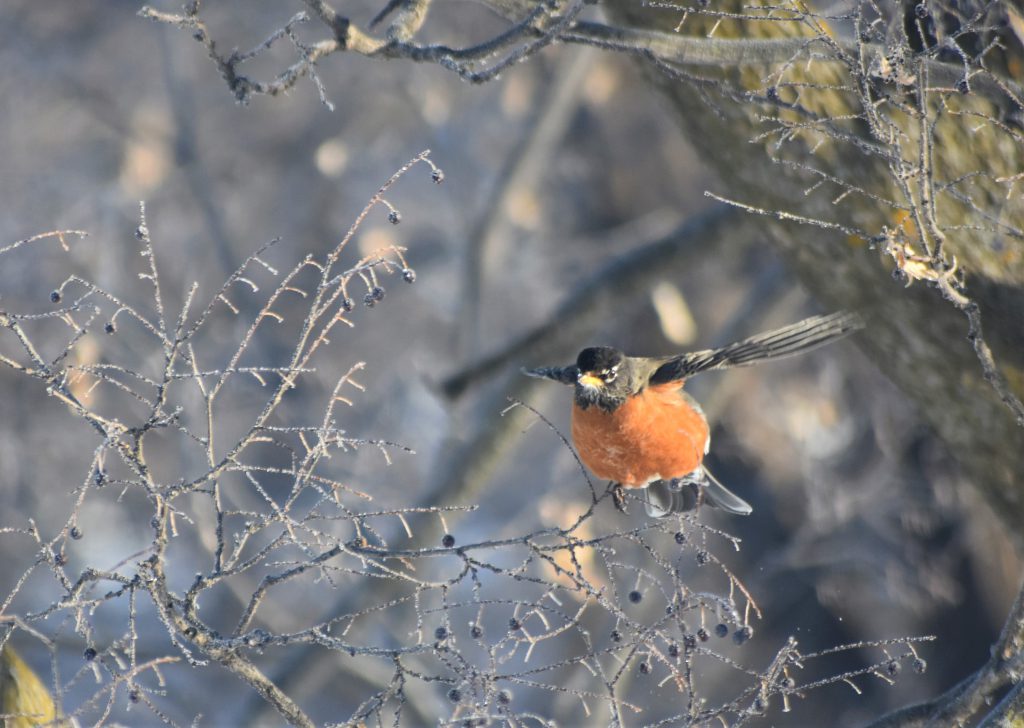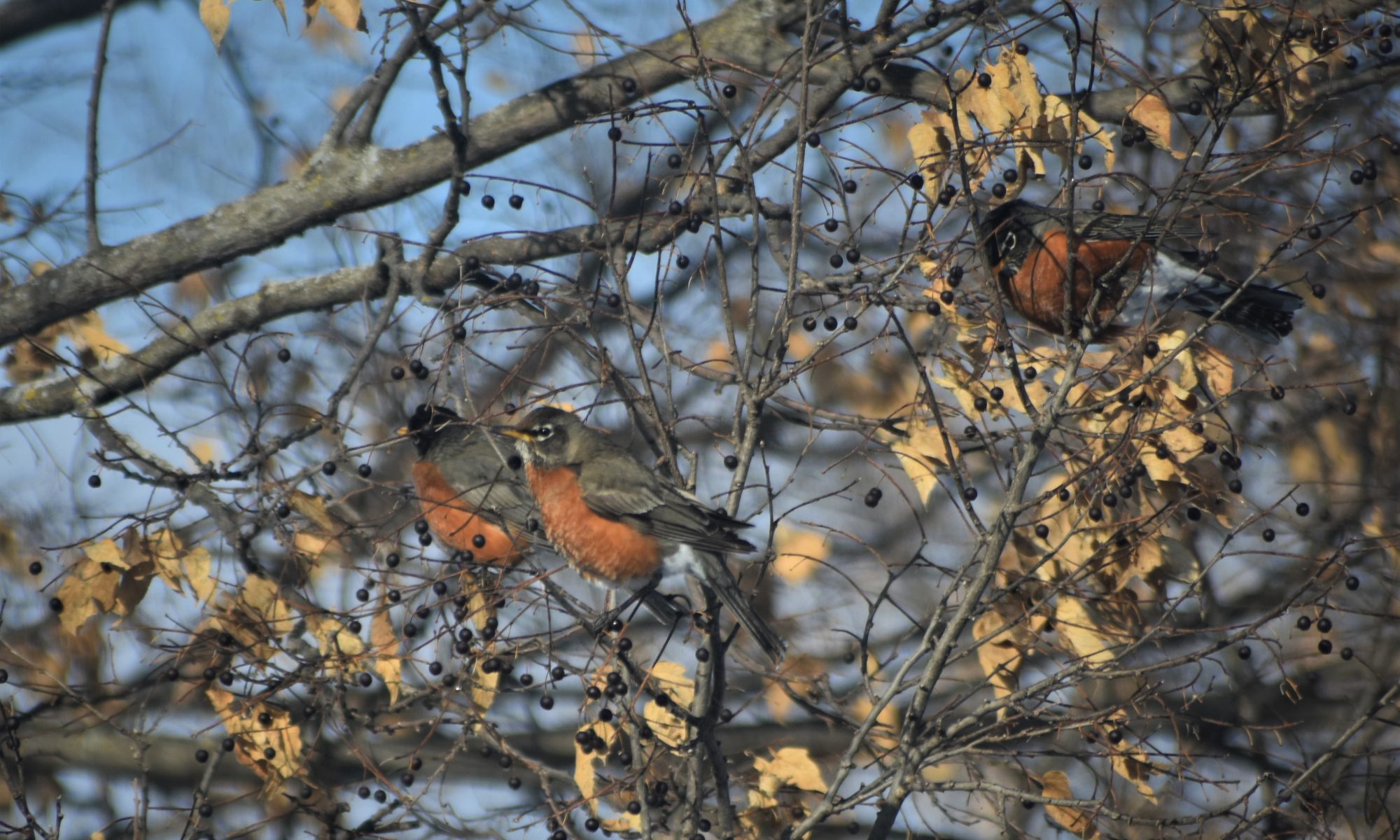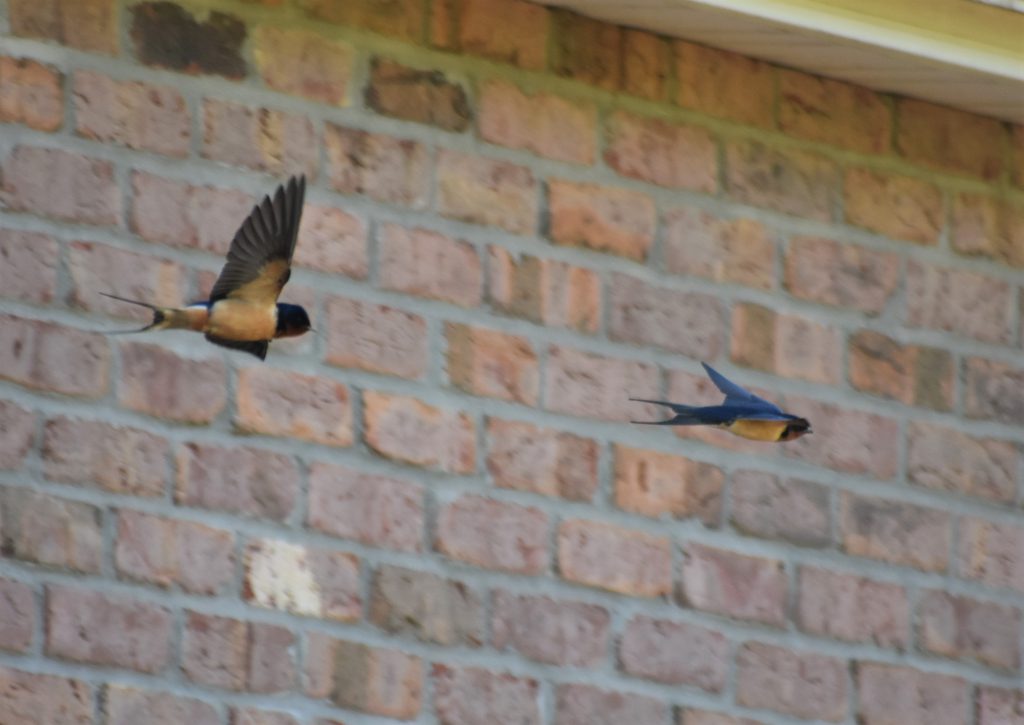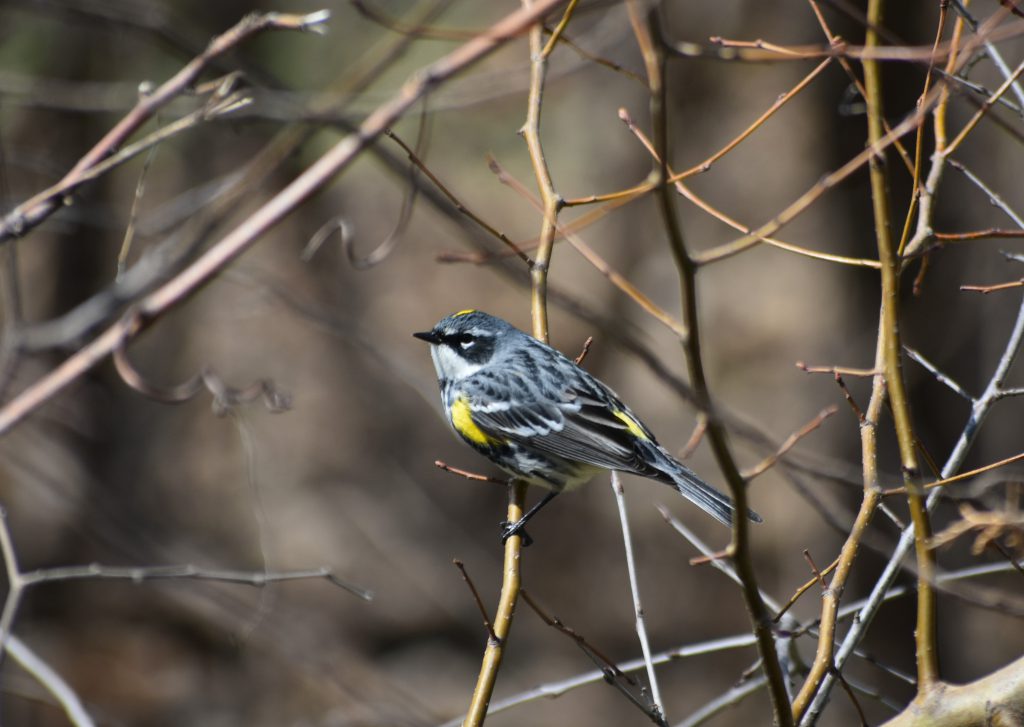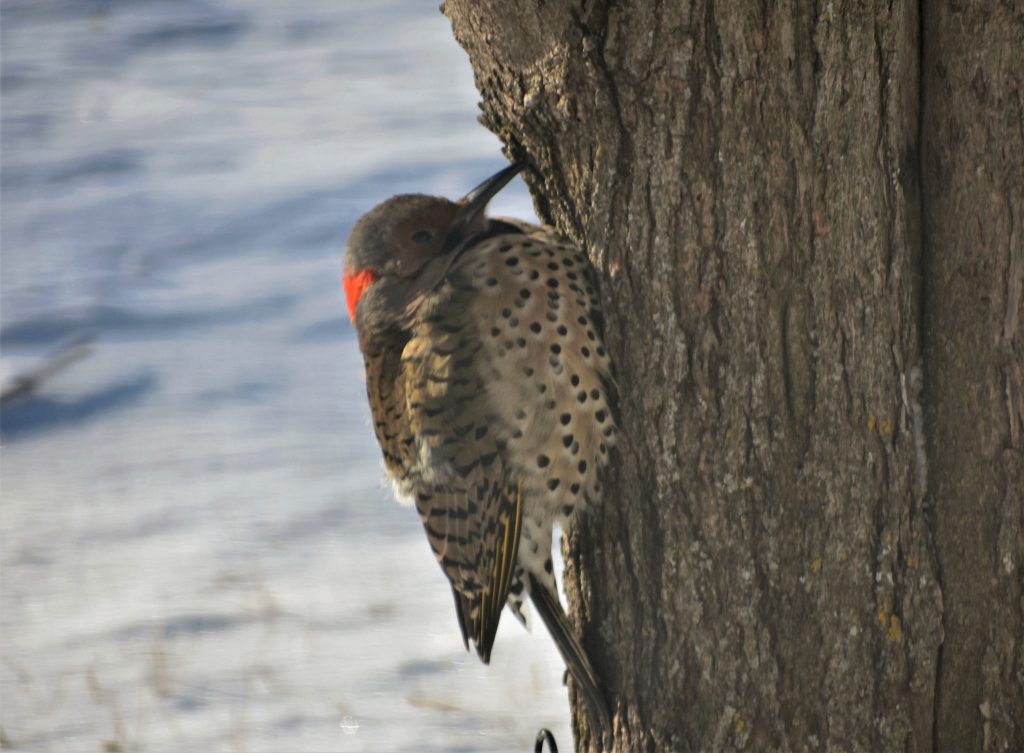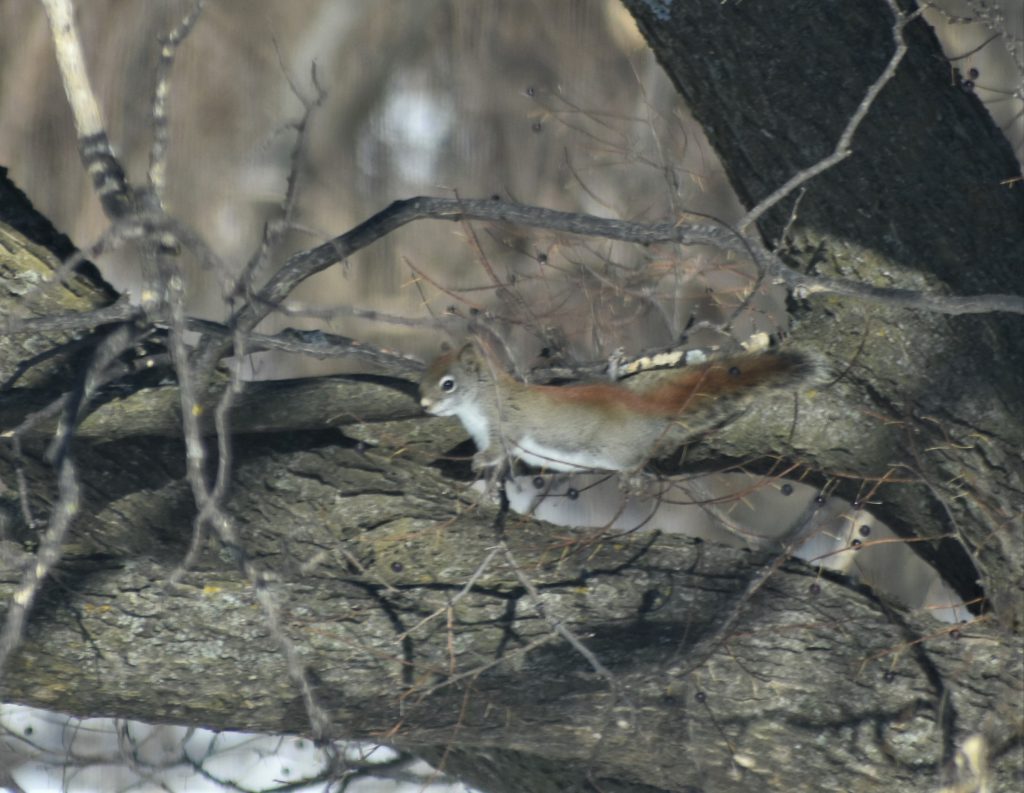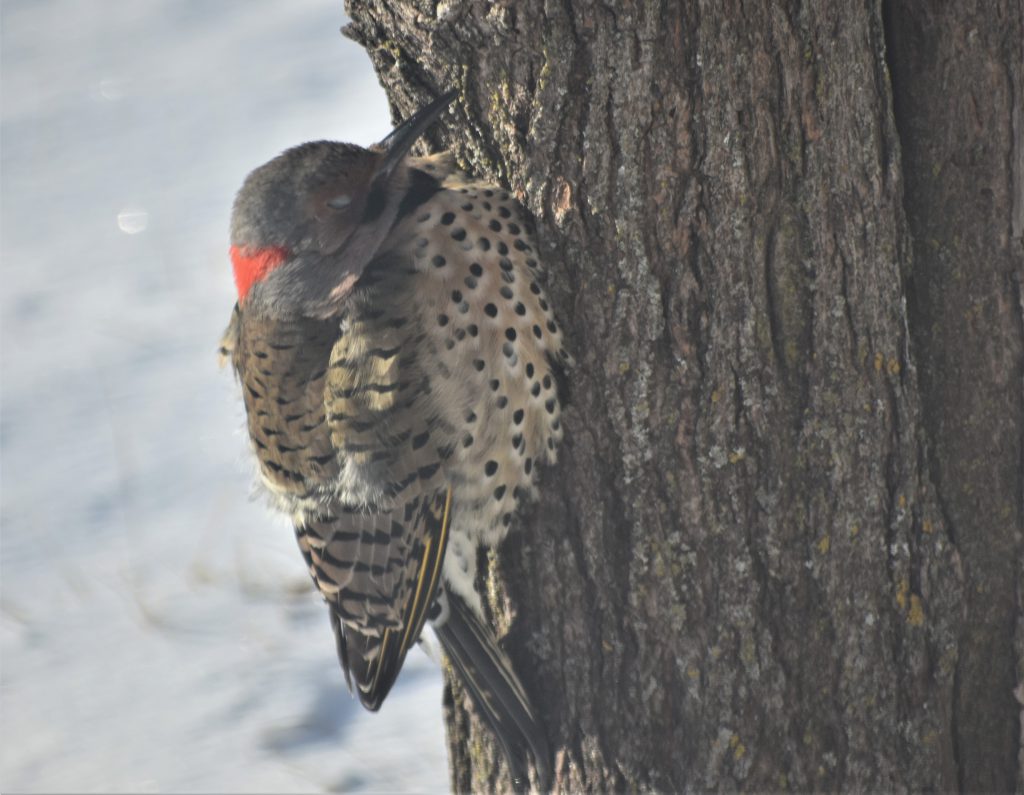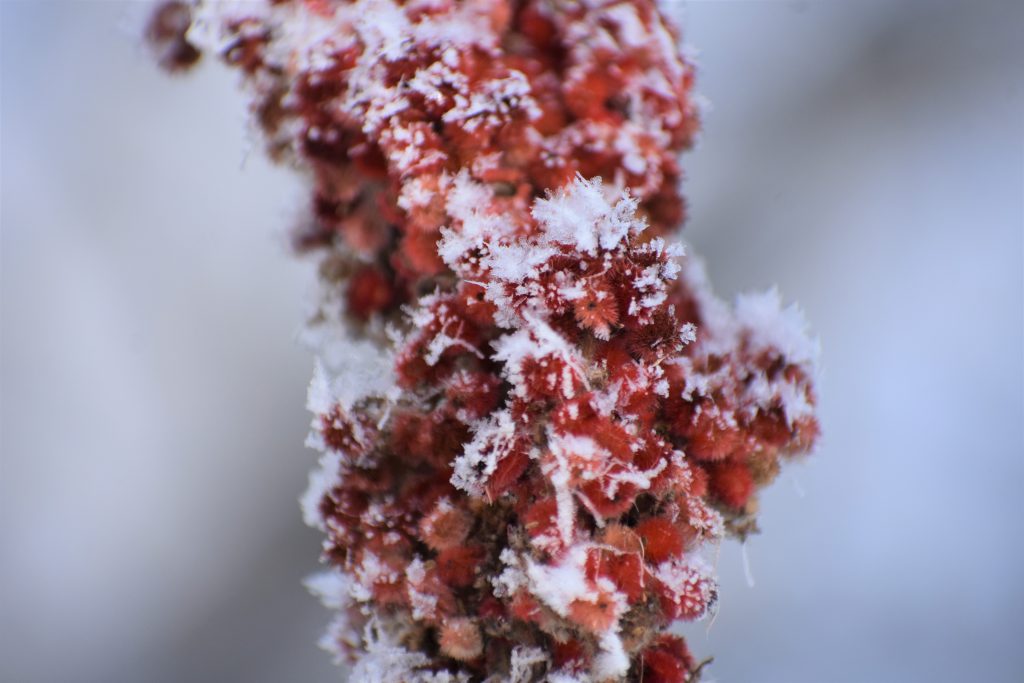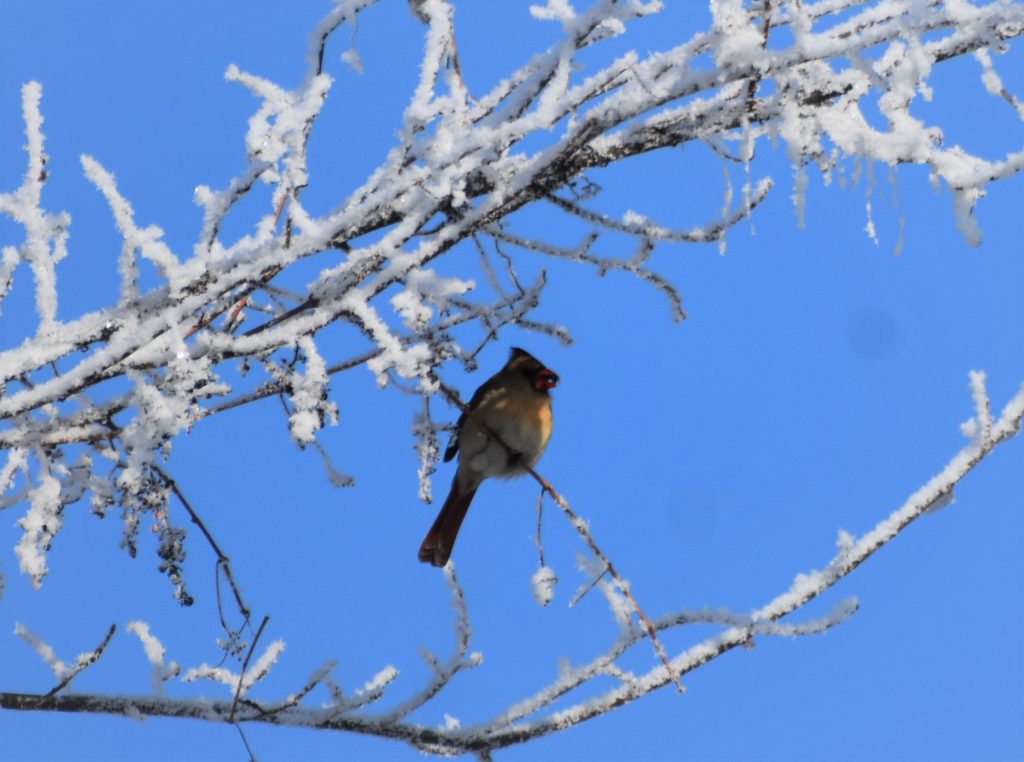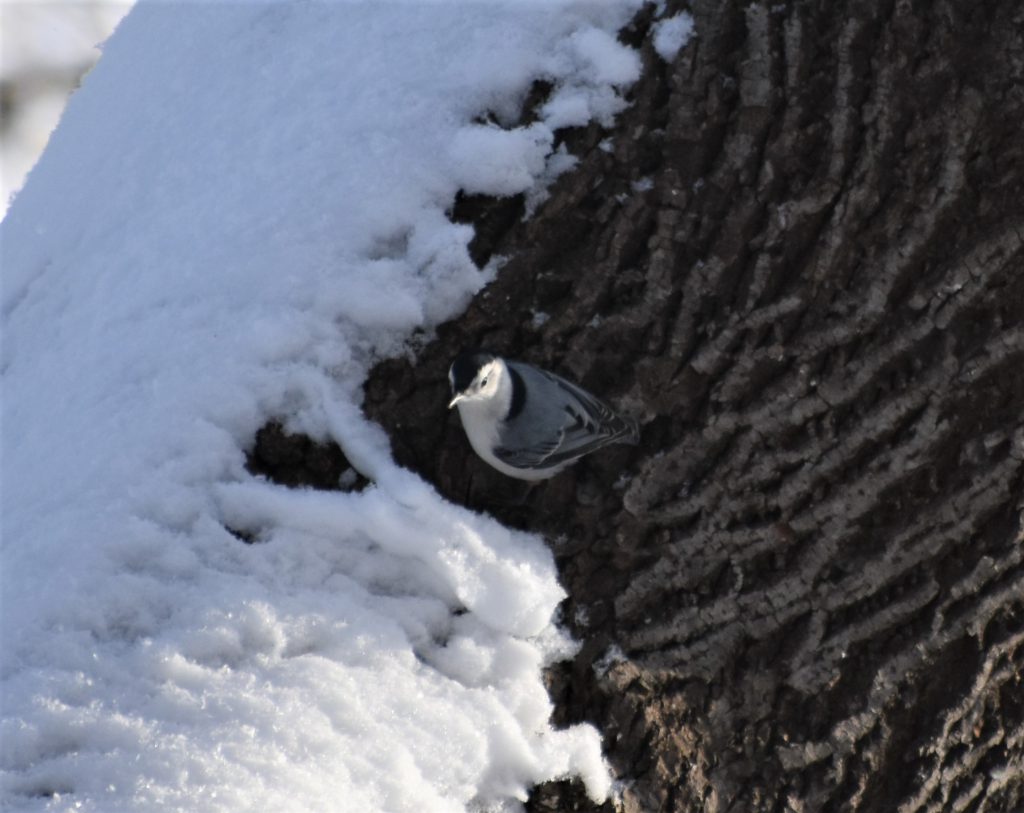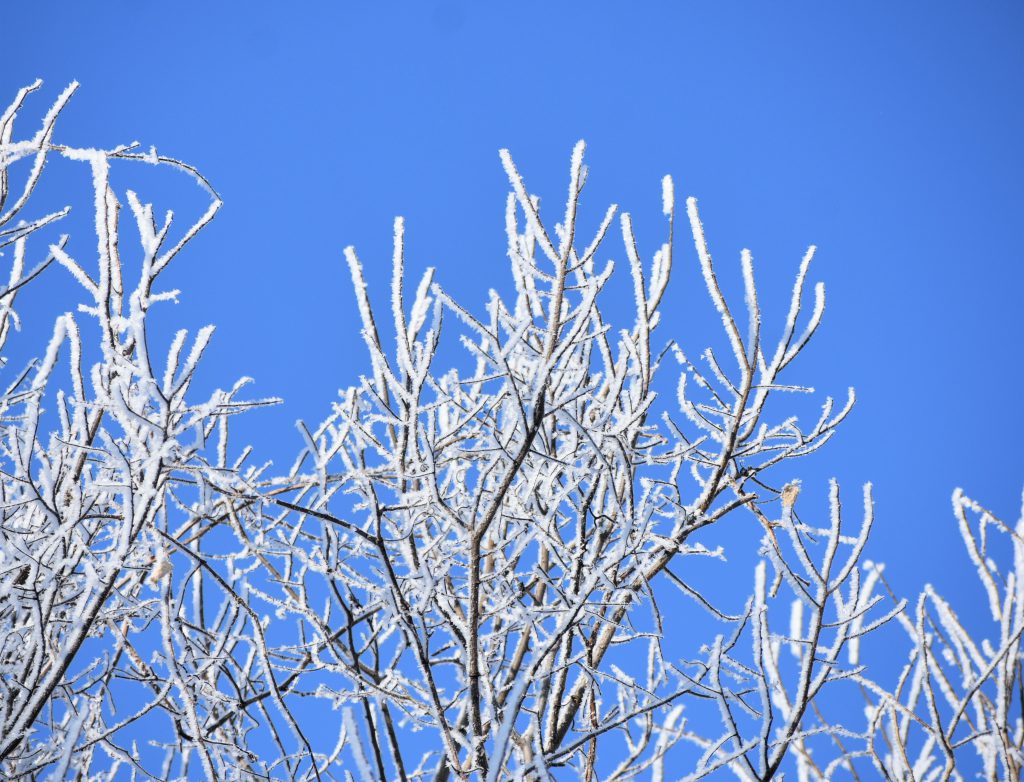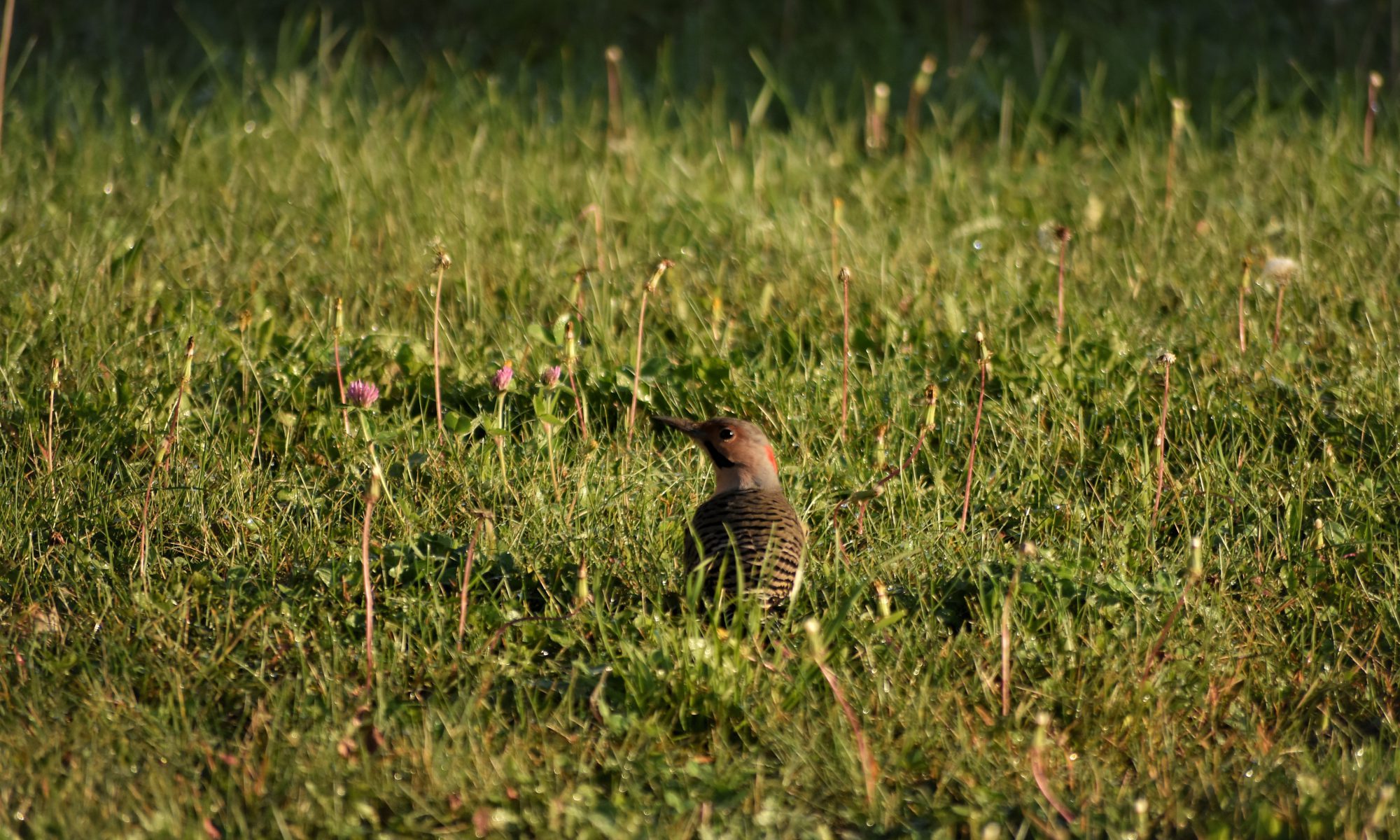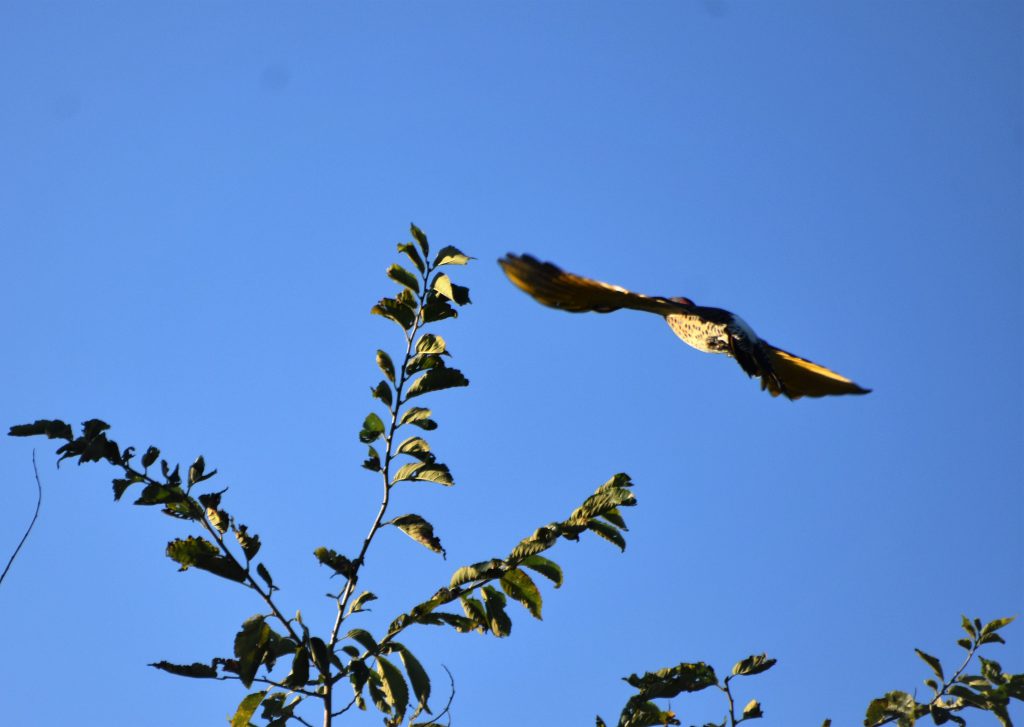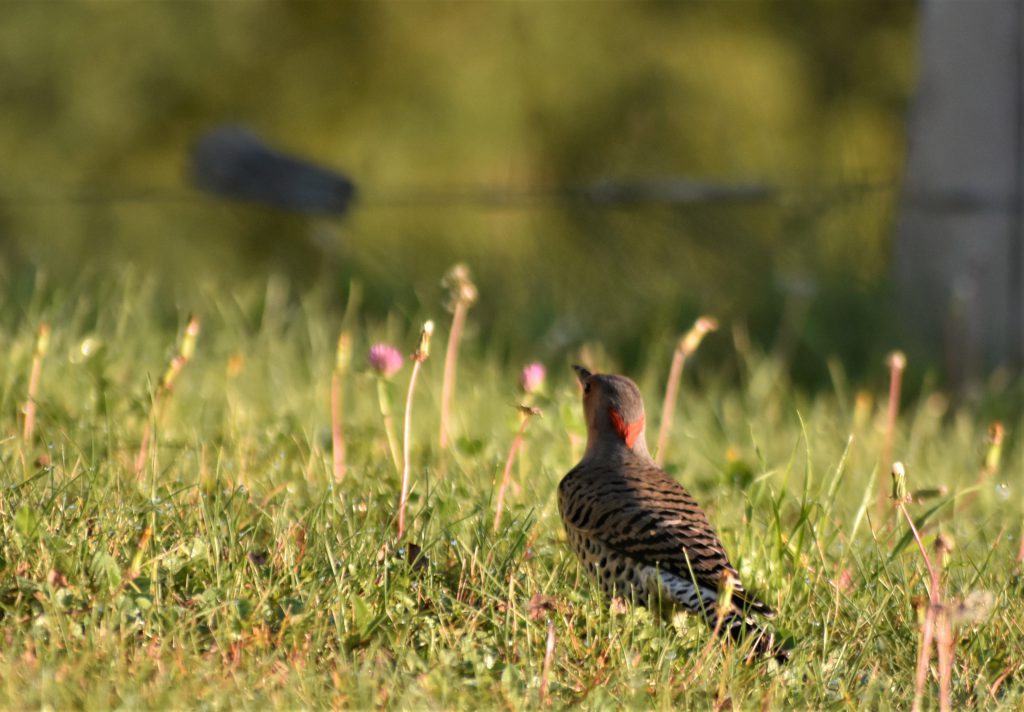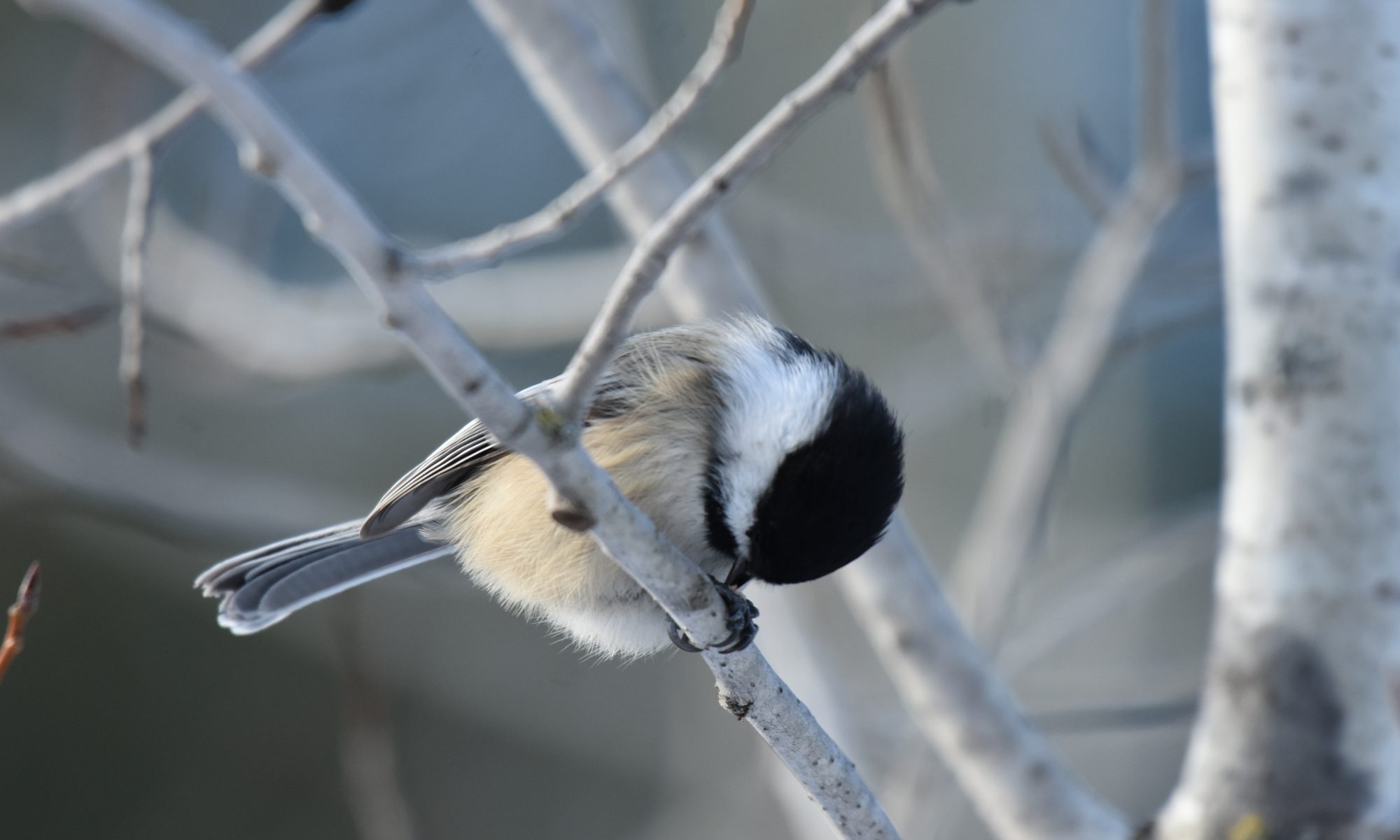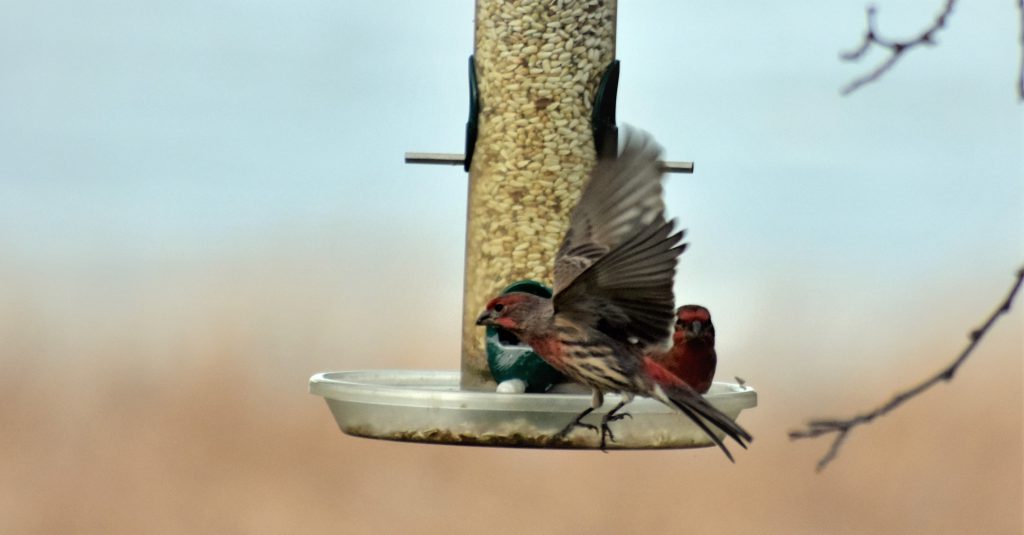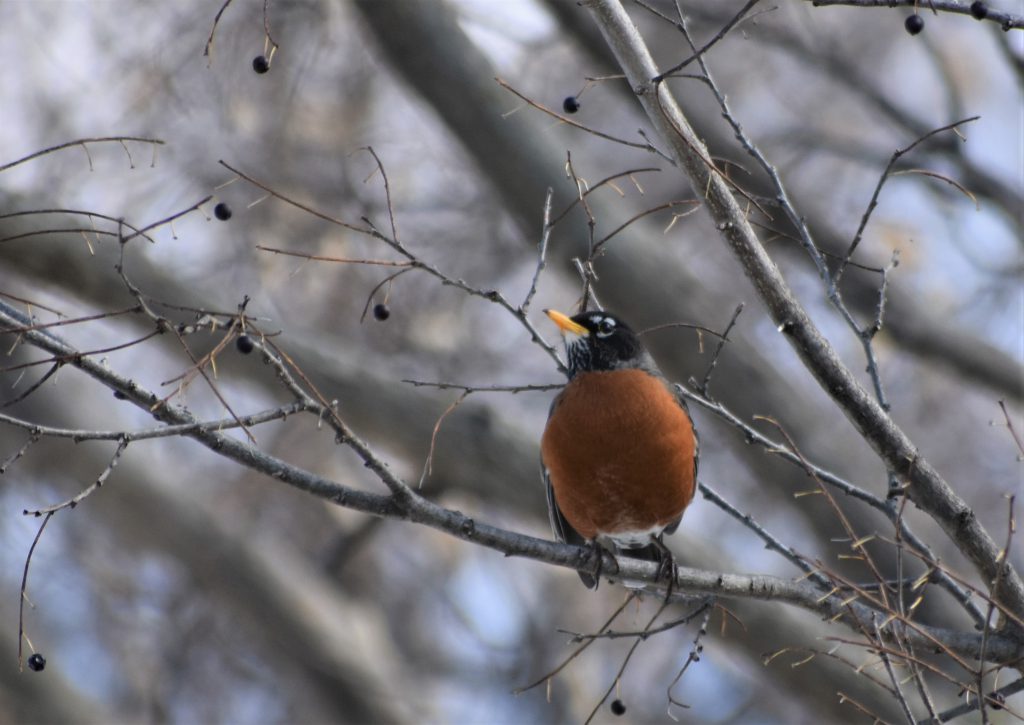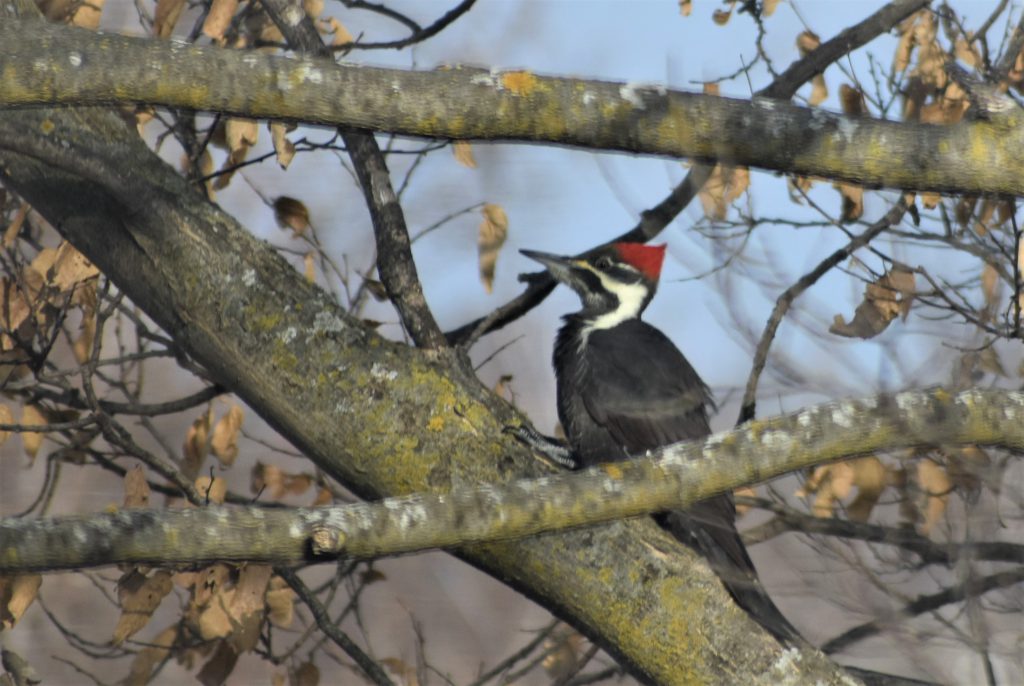There are many different indications that the spring is coming, from first blooming flower, to first leaf bud, to first spring rain. For birdwatchers, though, spring’s approach is announced almost entirely by the arrival of migratory birds.
As I wrote last week, most consider the first robin of the year to mean spring has sprung, but another of the first birds to arrive in spring is the Red-Winged Blackbird, one of my personal favorites! Once they’re here, they stay all spring and summer, and their loud, familiar song is a frequent sound in the marsh. Naturally, living in the Land of Ten Thousand Lakes, I see them constantly during the warm months, but during the winter, I can only wait, and wait, and wait until they return, brightening even the most dreary March day.
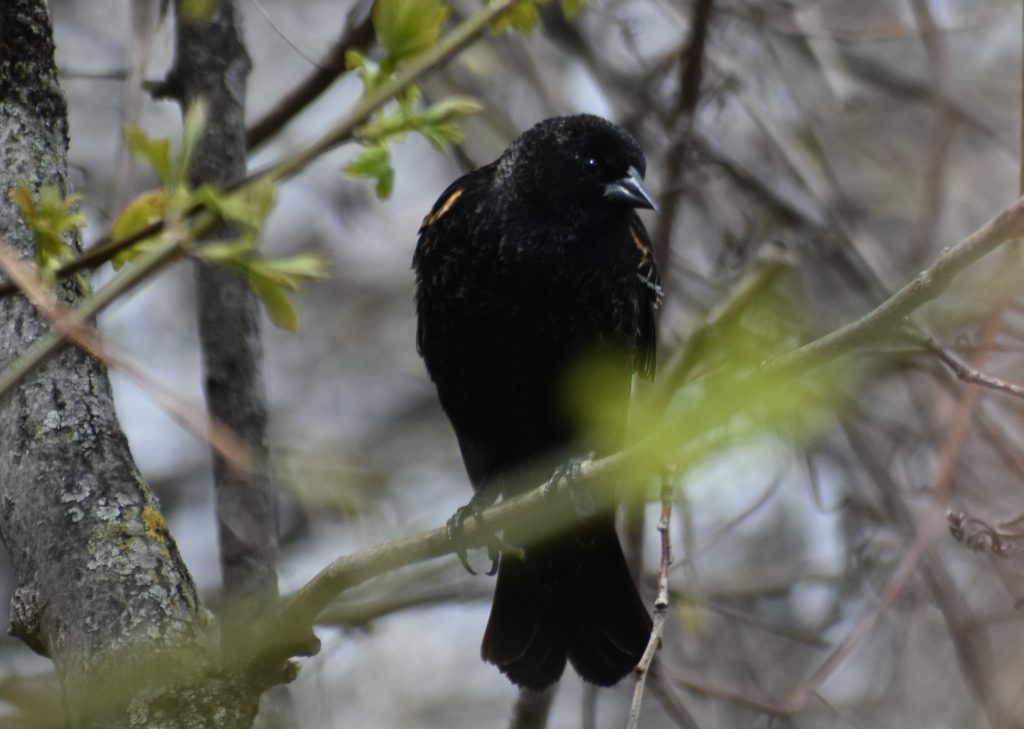
And that’s what happened this Tuesday, when I spotted one at my feeder (where they occasionally stop to refuel on sunflower seeds). By the next day, they’d set up in the nearest marsh, their cheerful ‘Ok-la-REE!’ sounding totally out of place in the still-snowy landscape! As always, only the males came, and will have sorted out breeding territories in the cattails by the time the females arrive.
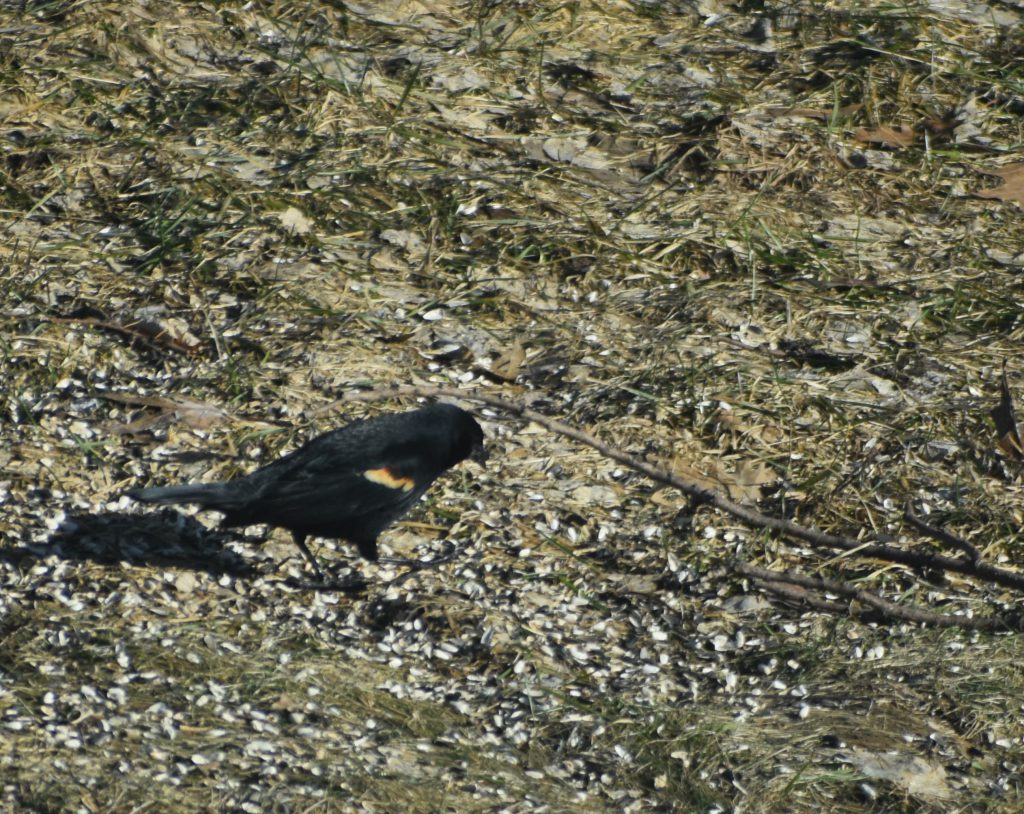
With these lovely birds came another, less-anticipated blackbird, the Common Grackle. There isn’t a lot of good things to be said about grackles – they have a slightly terrifying stare with their yellow eyes, their song sounds like a rusty gate, they’re one of the biggest avian crop thieves among farmers. and they sometimes kill and eat smaller birds (they’ve even been observed drowning them in birdbaths)! No, last summer, surrounded by VERY loud grackles, I was certain I wouldn’t miss them. Still, when I spotted one with some Red-Winged Blackbirds, I was glad to have them back. They do, after all, have some good traits – they have beautiful, iridescent blue heads, they look vaguely like a fighter plane when in flight (think about it next time you see a grackle, you’ll see it too!), and of course, they’re another sign of spring.
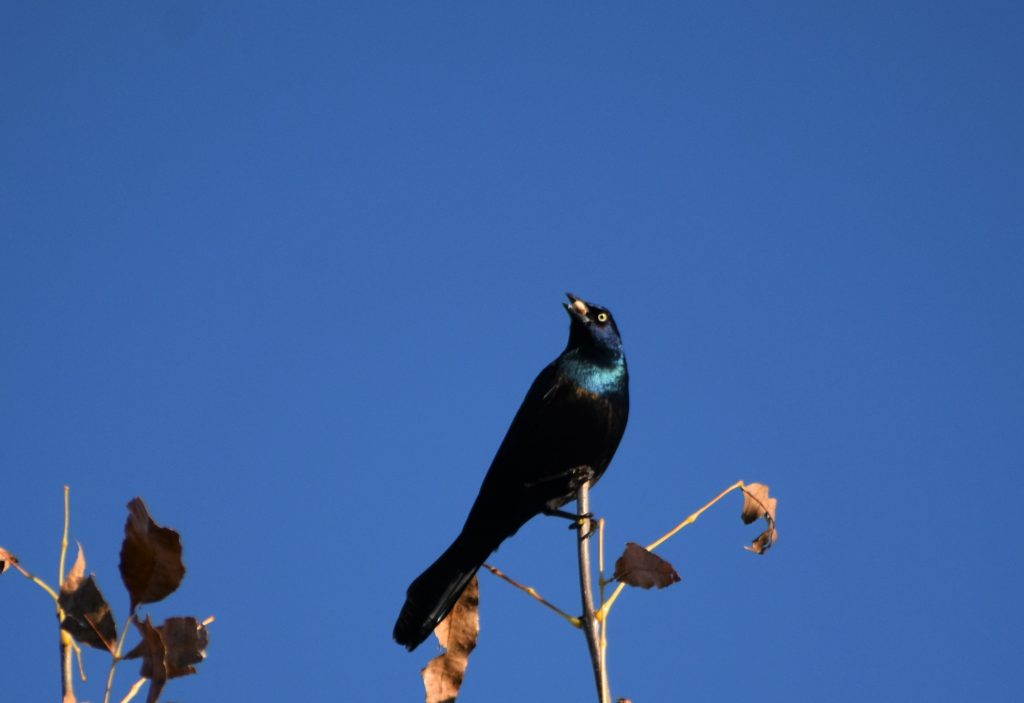
So there you have it: the blackbirds are, at least in my yard, back! I hope to spot more spring migrants as spring comes closer (it’ll technically be spring starting on March 19, after all), and definitely see and hear more blackbirds this year!
